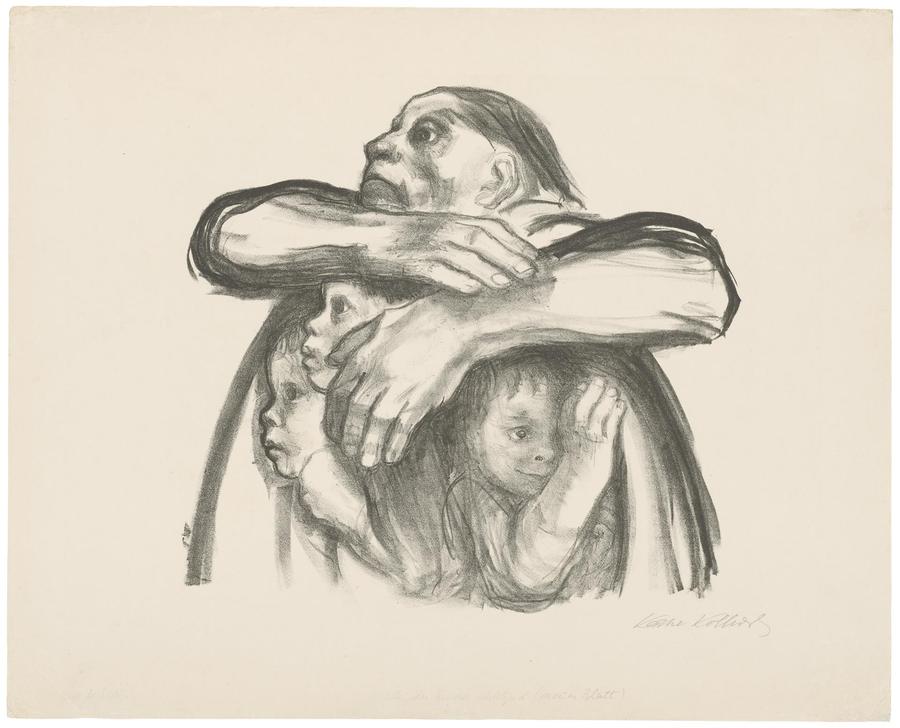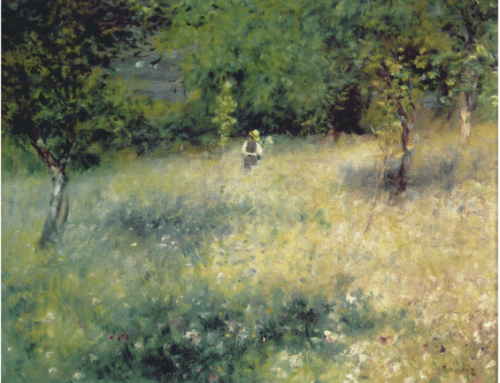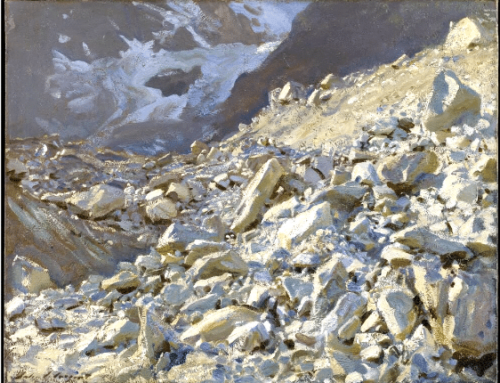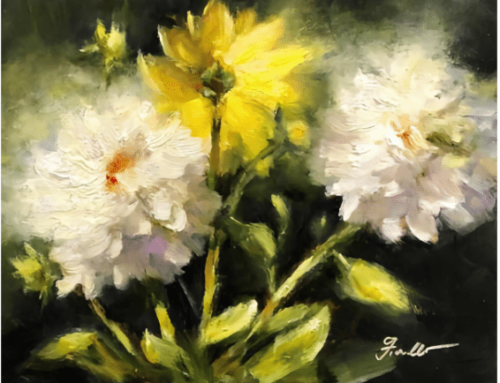Käthe Kollwitz (1867–1945) has emerged in recent years as one of the most important German artists of the first half of the twentieth century.
Her hauntingly raw, deeply felt, and brilliantly observed images reflect the human toll of warfare in the era between the German Empire and the two World Wars. Her work is doubly resonant as the world witnesses Russia waging war on Ukraine.
A forthcoming book ( Käthe Kollwitz: A Survey of Her Works 1888-1942) surveys her moving 50-year career. To accompany the book launch, the Käthe Kollwitz Museum in Cologne, Germany, is presenting (through June 19, 2022) Kollwitz in Context – The Oeuvre behind the masterpieces.
The show pairs some of the artist’s classics with lesser-known and rarely or never before shown treasures from the collection. The finished works are illuminated by sketches and preparatory drawings, studies and proofs. According to the curators, the reverse sides of various well-known drawings are being presented for the first time as well, revealing “previously hidden stories.”
Kollwitz’s work documents moving and intense moments in ordinary lives stricken by war, poverty, sorrow, loss, and premature death, as well the stubborn resilience of bravery, love, and the struggle for peace that can overcome them.
Kollwitz herself lost her son in the First World War and then lost the young man named after him, her grandson, in World War II. She was the first modern woman to be elected to the Prussian Academy of Art as a full member, becoming a professor, only to have the appointment taken away from her with the rise of the National Socialist Party in 1933.
Kollwitz’s outspoken pacifism and anti-fascist views kept her living in fear of the Nazis for most of her life. Nonetheless, Kollwitz produced art nearly up until her death in 1945, just days before the end of World War II.




